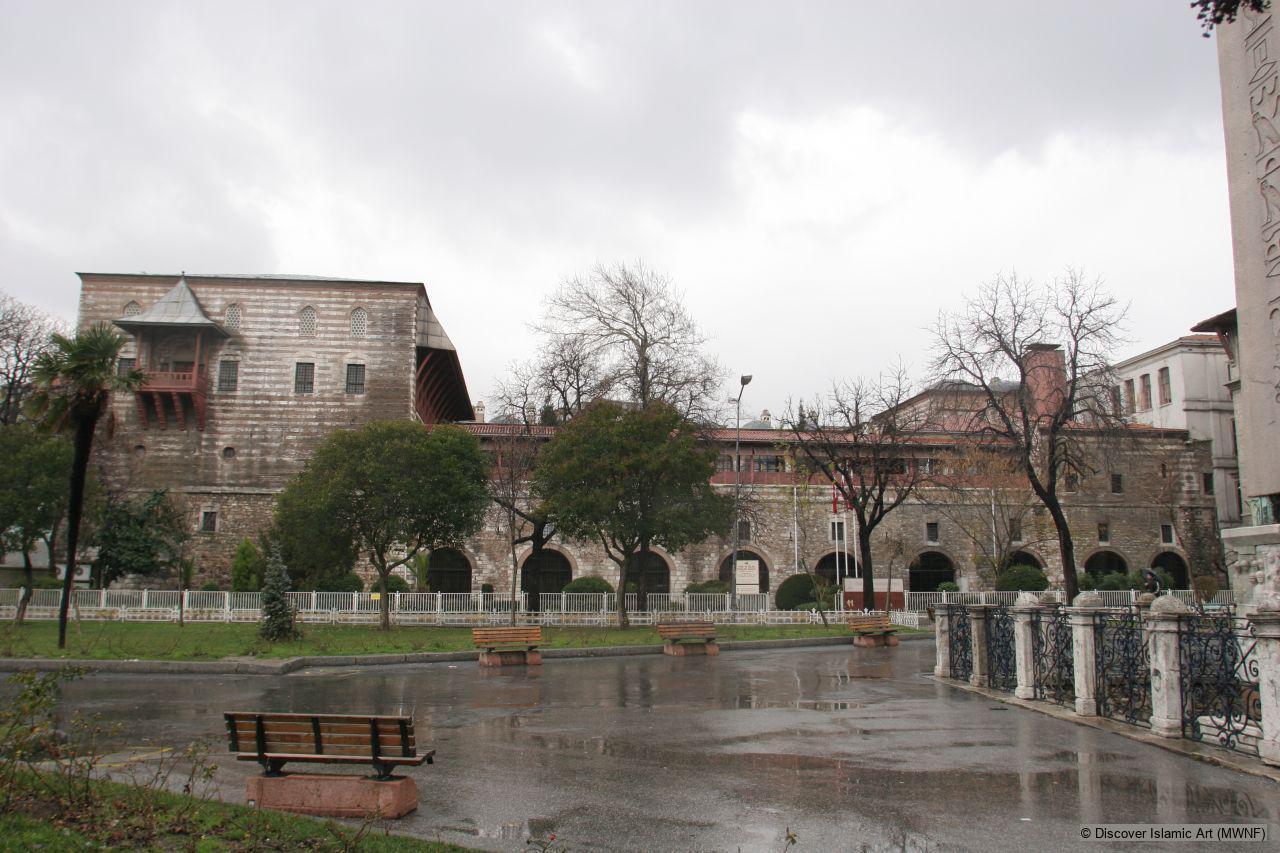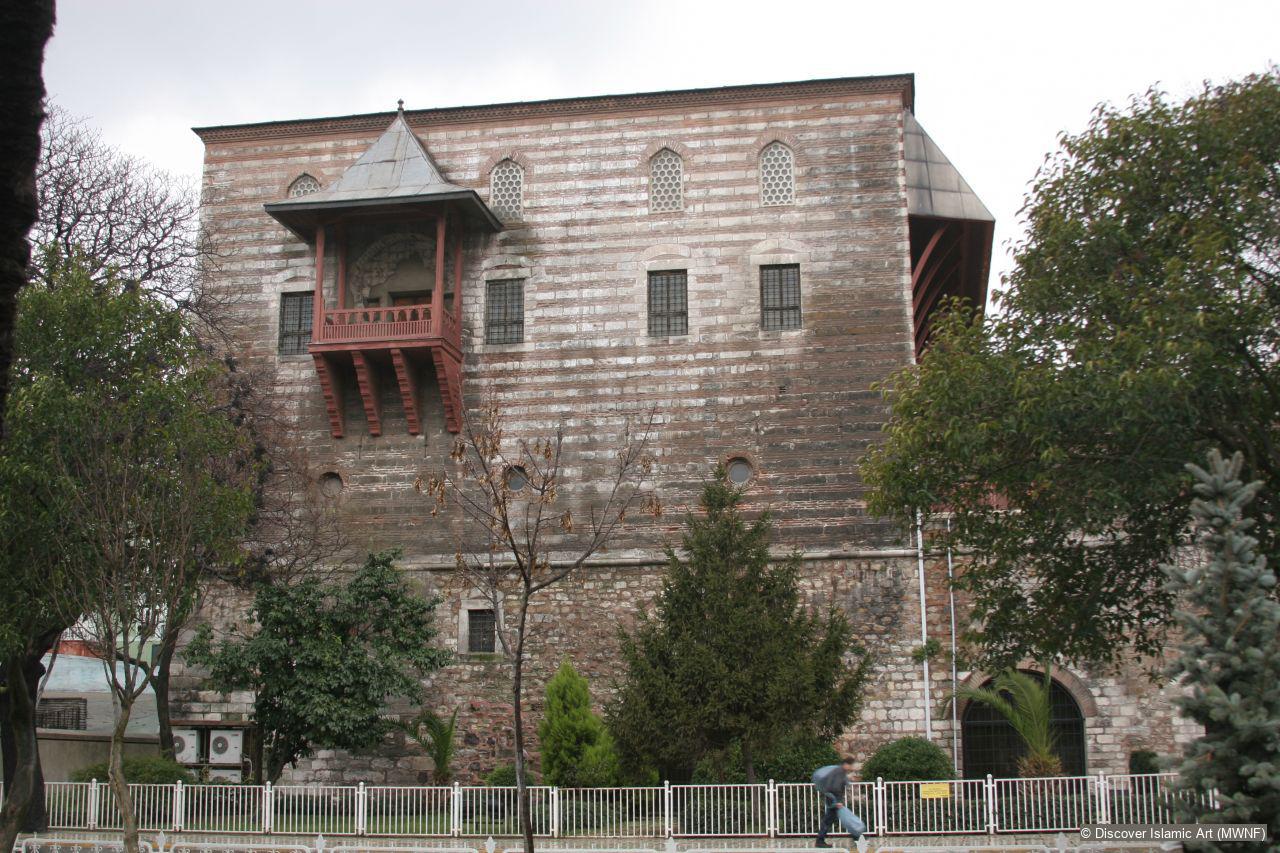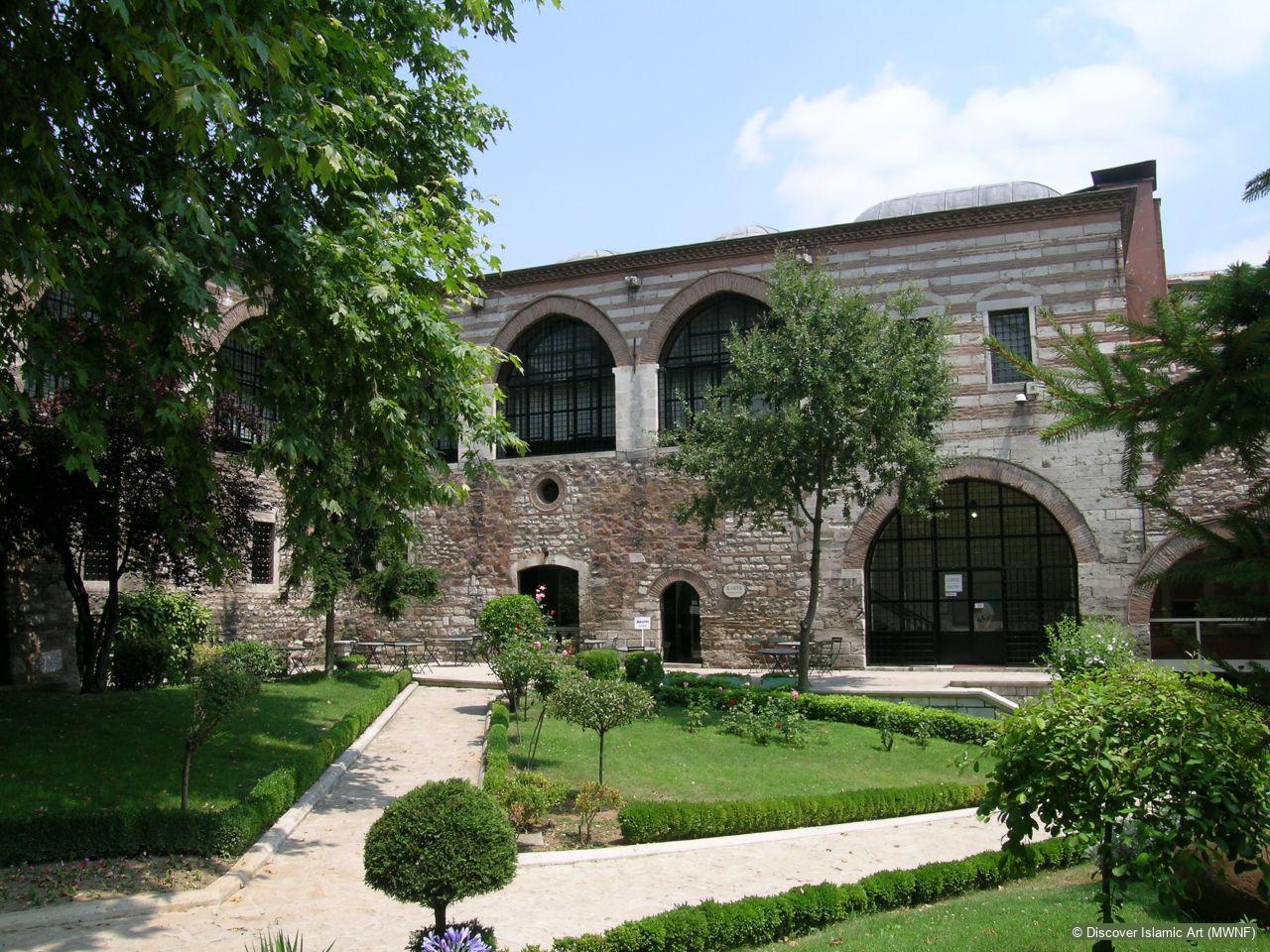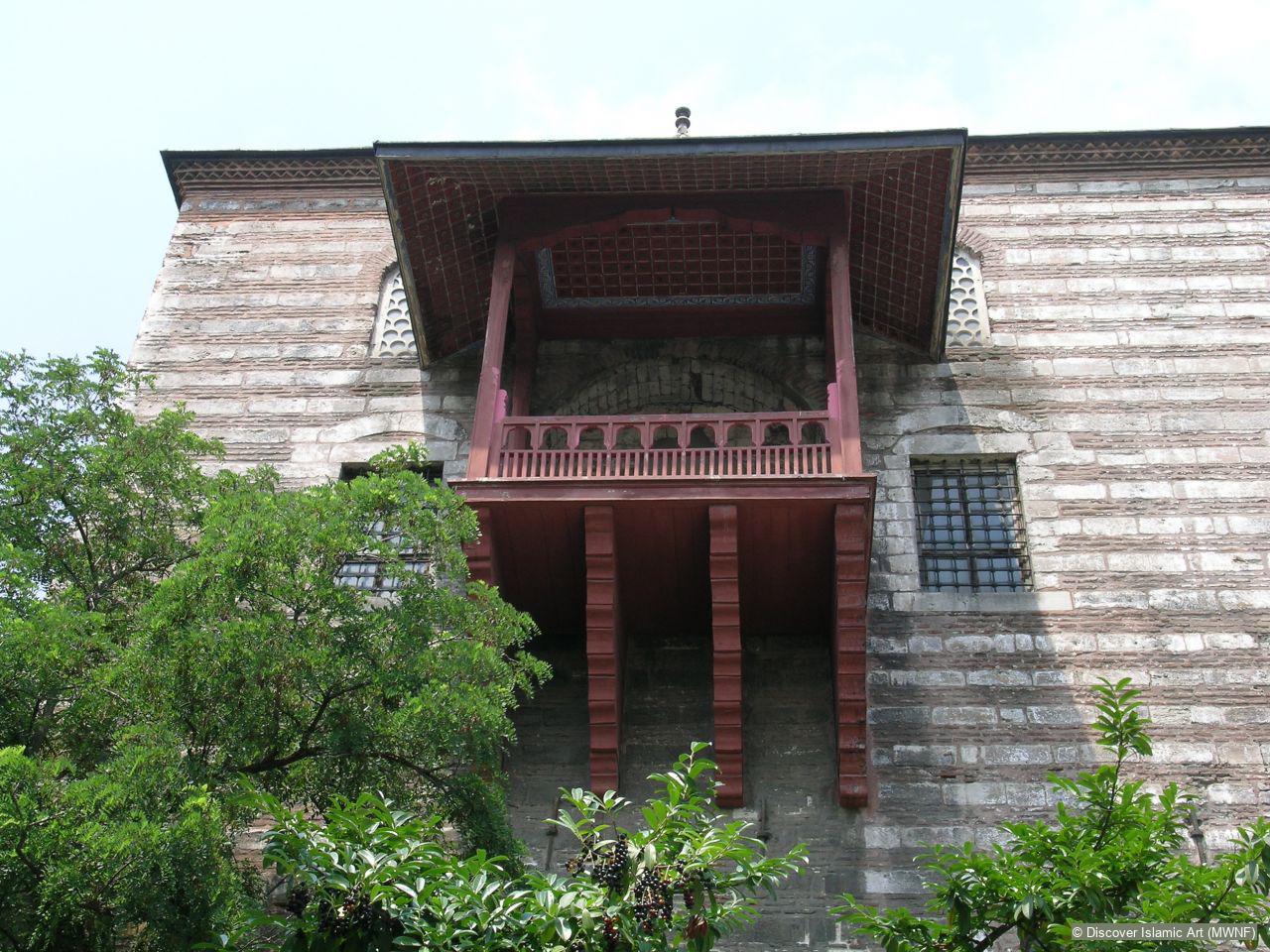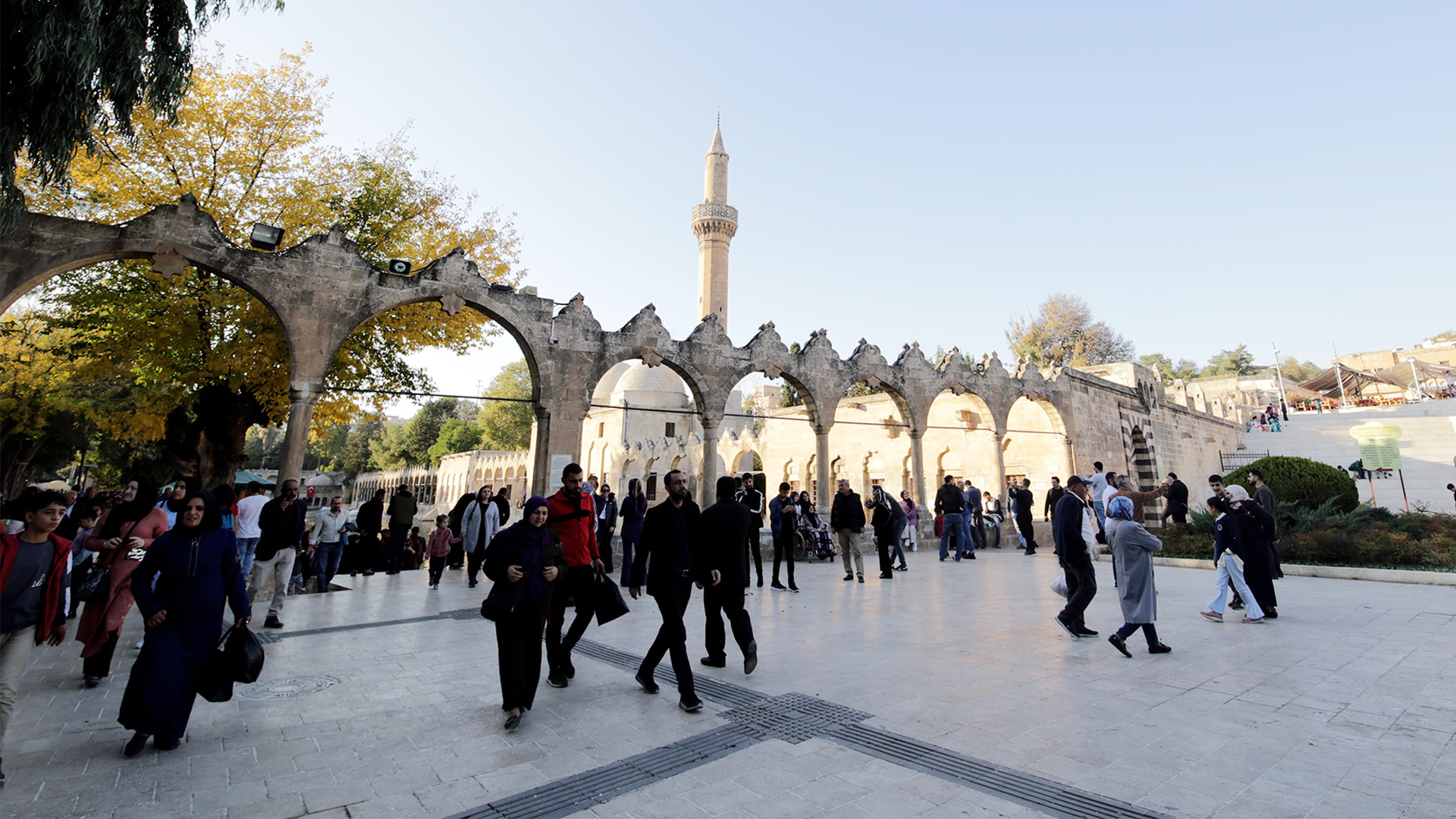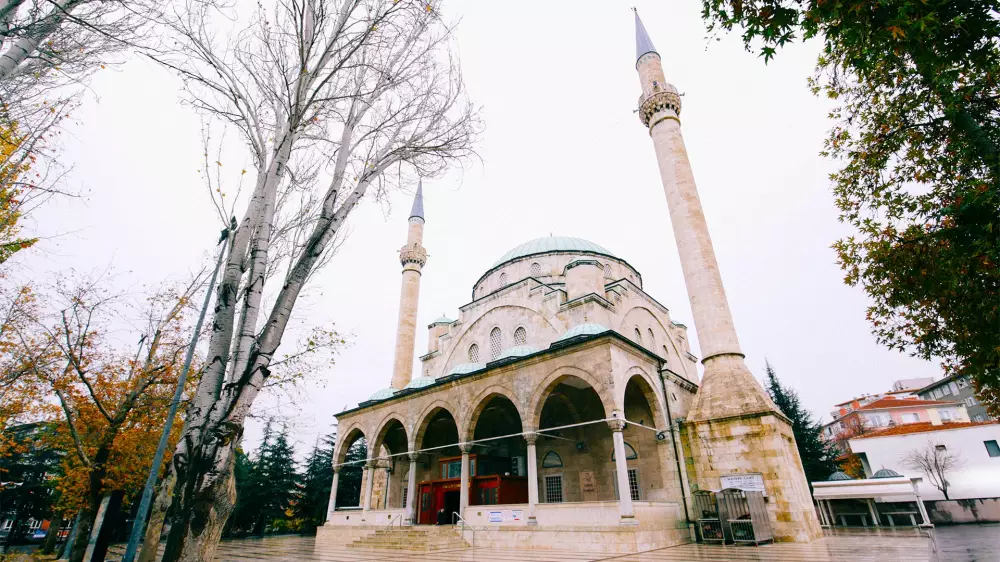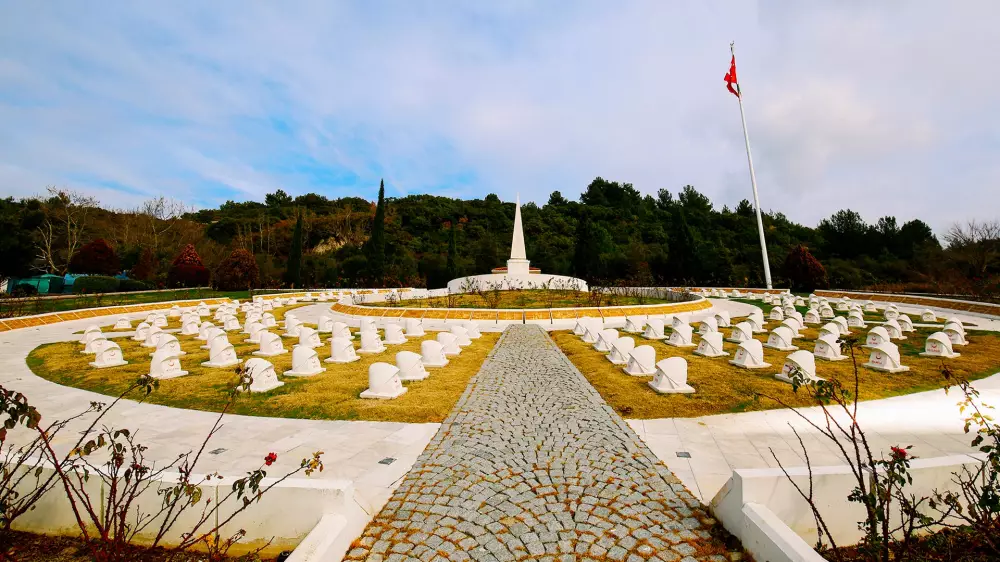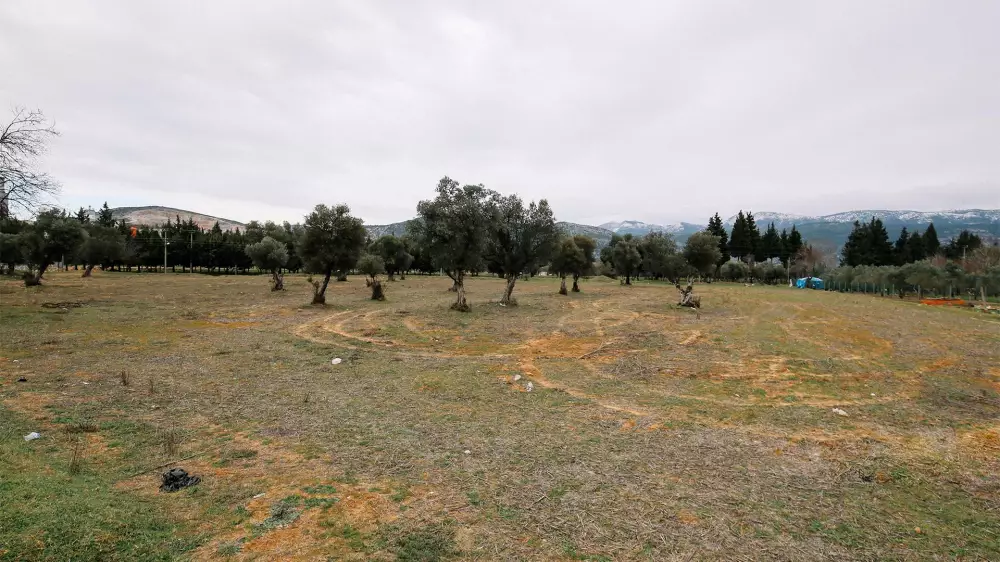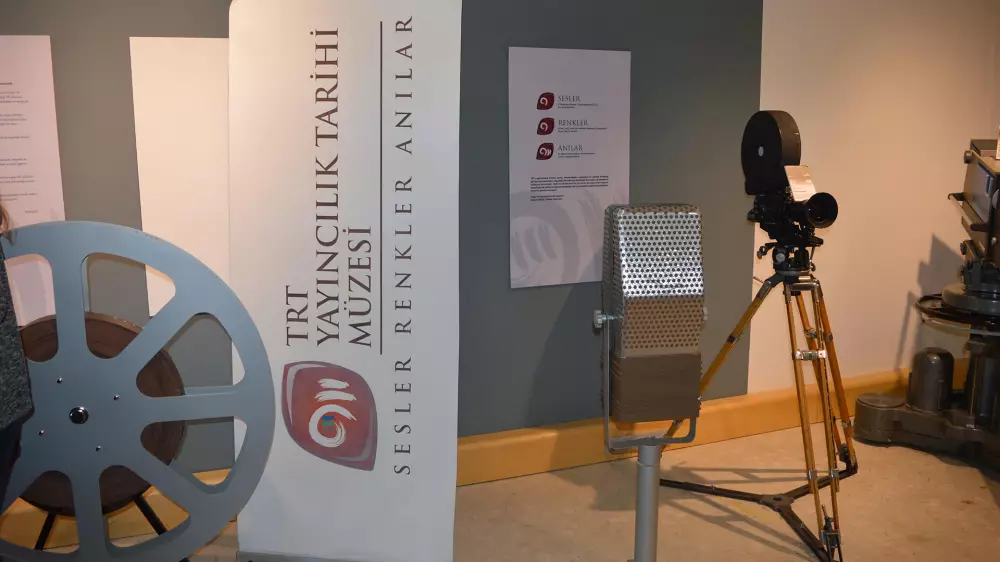
Ibrahim Pasha Palace
24.09.2024 12:03
Apart from the sultan palaces, the only private palace that has survived to the present day is the Ibrahim Pasha Palace. Previously known as the ‘At Meydanı Palace’ and currently used as the Turkish and Islamic Arts Museum, the palace was named after Pargalı Damat Ibrahim Pasha, who married Suleiman the Magnificent’s sister Hatice Sultan.
The palace, which reflects traditional Ottoman palaces, is arranged around four courtyards. One of the most important examples of 16th century Ottoman civil architecture, the Ibrahim Pasha Palace rises on the ruins of the historical hippodrome from the Roman period. Evliya Çelebi records that the palace, which is estimated to have been built during the reign of Bayezid II, between 1481-1512, was the largest of the vizier palaces in Istanbul. Once following the Topkapi Palace, the Ibrahim Pasha Palace hosted many weddings, festivities and celebrations, as well as turbulent periods and rebellions.
Ibrahim Pasha had the statues he brought as spoils of the Budin campaign erected in front of the building in 1526, drawing criticism from his enemies. In fact, Figani, one of the poets of the period, satirized the pasha by saying that Hz. Ibrahim had removed the idols, while his namesake Pargalı Ibrahim Pasha had idols erected in the middle of the city, and this cost him his life. The statues that the pasha had erected in front of his palace can be seen in some engravings drawn in the 17th century.
After Ibrahim Pasha was executed in 1536, his palace was seized by the state, a part of it was allocated to his inner sons, and a part of it was allocated to the grand viziers and other notables. When you visit the palace today, you can also see the remains of the At Meydanı from the Roman period.
Gallery
